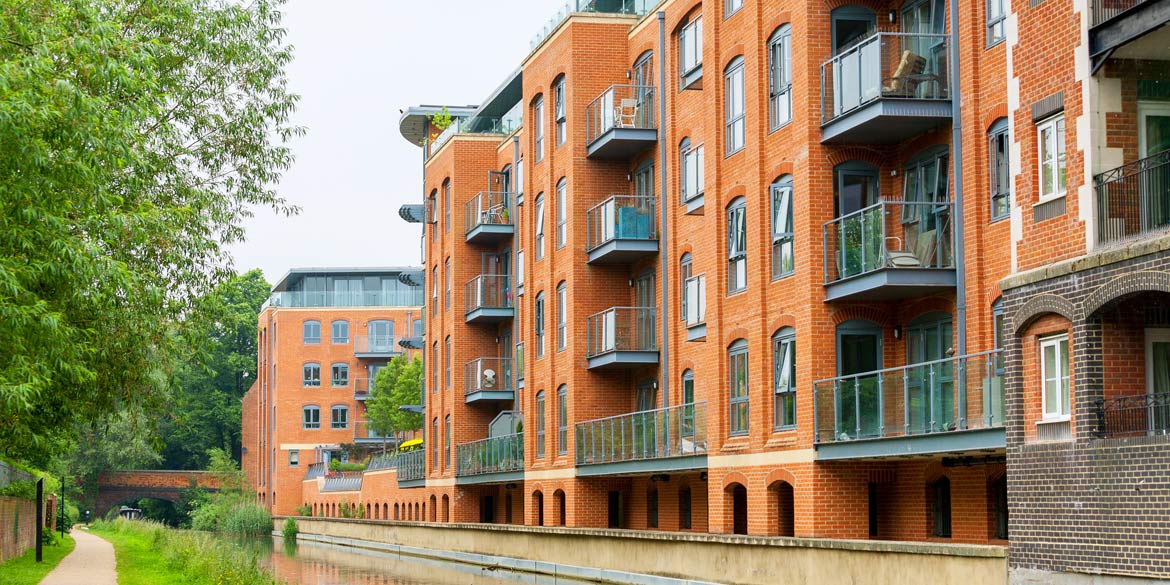Do I qualify for leasehold enfranchisement?
The Leasehold Reform, Housing and Urban Development Act 1993 gives leaseholders (also known as the tenants), the right to join forces to buy the freehold of their building. Collective enfranchisement gives tenants more control over the management of their building, compared to traditional leases where the freeholder (also known as the landlord), is responsible for managing the property.
Key things to note
- Collective enfranchisement gives leaseholders a legal right to join together to buy the freehold of their building.
- The right to enfranchise is dependent on the number of qualifying and participating leaseholders. At least 50% of all leaseholders must participate
- Buying the freehold gives tenants more control over the building
Criteria to apply for collective enfranchisement
There are a number of criteria that need to be met, in order to apply for collective enfranchisement. These are:
- The building must be a self-contained block, with a minimum of two flats
- Two thirds of the flats must be held by qualifying tenants
- The building must have no more than 25% non-residential use
- At least 50% of all the leaseholders in the building must participate
- Each participating leaseholder must have a long lease – with an original term of at least 21 years, or with a right to renewal
- There is no requirement to have a minimum period of ownership.
Need advice or services?
Kempton Carr Croft is a member of the association of leasehold enfranchisement practitioners. (ALEP) If you are looking to apply for collective enfranchisement, please speak to a member of our specialist team and view our leasehold enfranchisement service page for more information.
Want to hear more?
If you found this article helpful and would like to receive more posts like this directly to your inbox, subscribe to receive our quarterly newsletter or follow us on twitter @KemptonCarr and like us on facebook to see them first.
